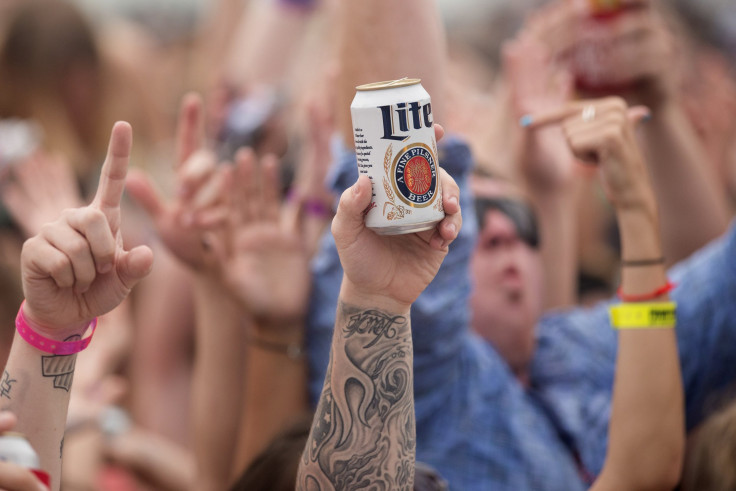Teen Binge Drinking Can Lead To Brain Changes, Making Alcohol Abuse More Likely In Adulthood

A new study published in the journal Neurobiology of Disease found adolescent binge drinking could disrupt gene regulation and brain development, causing anxiety and alcohol abuse into adulthood.
The present research was conducted on adolescent rats. To mimic human binge drinking patterns, researchers gave rats alcohol for two straight days, didn’t give them any for two days (only water), and repeated this pattern for a total of 13 days. Some of the rats were studied after the 13 days, but given a choice between alcohol and water in order to measure for new, abnormal behaviors.
The results showed rats were affected by alcohol into adulthood even after the initial study. They experienced anxiety-like behaviors and drank more alcohol than water. These changes, researchers found, stem from the brain’s amygdala.
When the amygdala was analyzed in alcohol-drinking rats, DNA and histone proteins were tightly wrapped. There were also increased levels of a protein called HDAC2, which is thought to trigger DNA to wrap tighter around histones.
“Genes that lie within DNA that is tightly wrapped around the histones are less active than they are if the DNA is loosely wrapped,” said Dr. Subhash C. Pandey, lead researcher and director of neuroscience alcoholism research at the University of Illinois at Chicago, in a press release. “The looser the DNA is coiled, the more accessible are the genes to the cellular machinery that makes relevant proteins.”
Pandey added these epigenetic changes were linked to two specific genes: the brain-derived neurotrophic factor and activity-regulated cytoskeleton-associated proteins. Nerve cells need these to form new connections. And to support their hypothesis further, Pandey and his team administered a drug that blacks HDAC2 in rats and loosens the coiling of DNA. The rats receiving this drug then exhibited less anxiety and reduced alcohol intake.
From here, researchers plan to conduct further research on other epigenetic drugs in order to see if they can reverse the harmful effects of adolescent alcohol exposure.
It’s not the first time science has considered the amygdala in terms of binge drinking. Researchers from the University of North Carolina found producing a natural brain protein neuropeptide in this part of the brain could suppress binge-drinking behavior — behavior that continues to be popular among adolescents.
In 2013, the Centers for Disease Control and Prevention reported 35 percent of high school students participating in the Youth Risk Behavior Survey drank some amount of alcohol. Twenty-one percent binge drank; 10 percent drove after drinking; and 22 percent got in a car with someone else who had been drinking.
Reversing these statistics, the CDC said, is dependent upon “continued research and evaluation to determine their success and to improve their effectiveness.”
Source: Pandey SC, et al. Potential role of adolescent alcohol exposure-induced amygdaloid histone modifications in anxiety and alcohol intake during adulthood. Neurobiology of Disease. 2015.



























